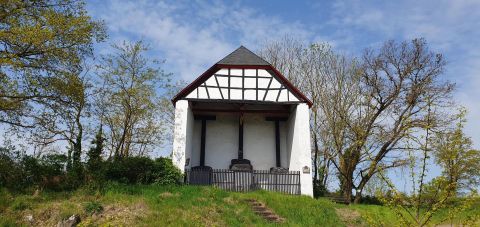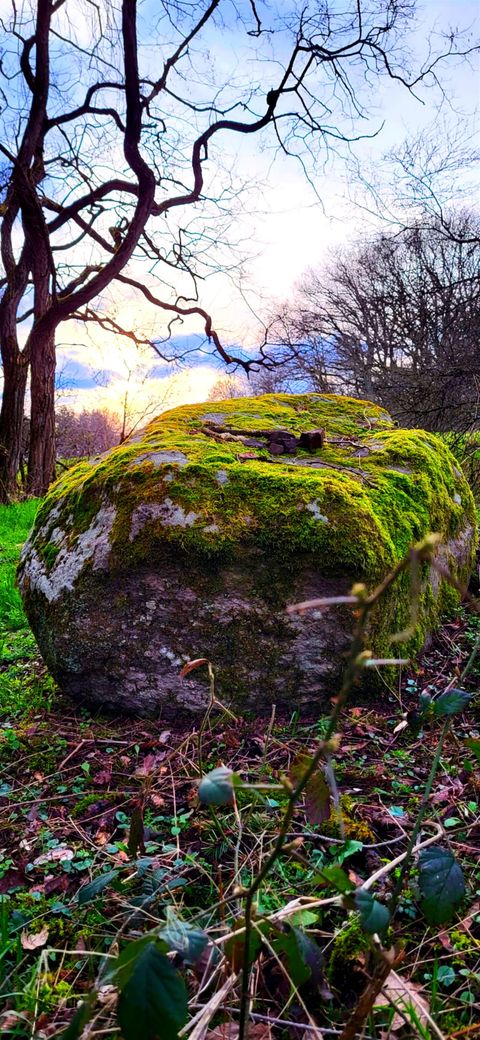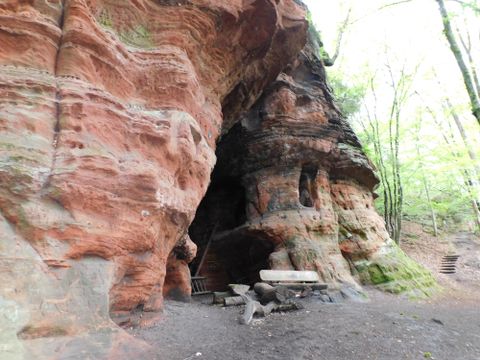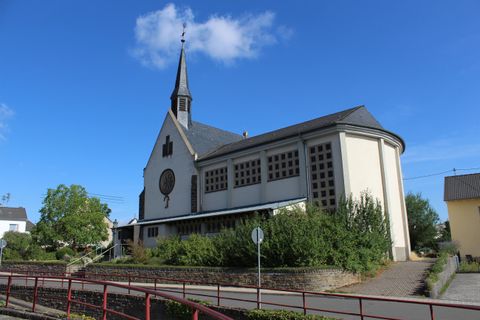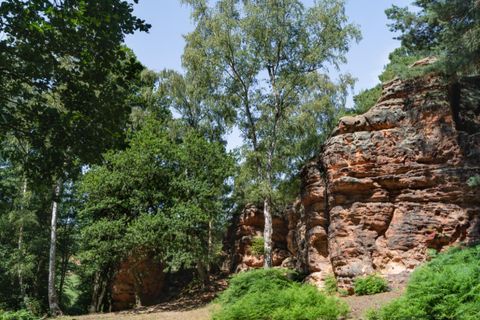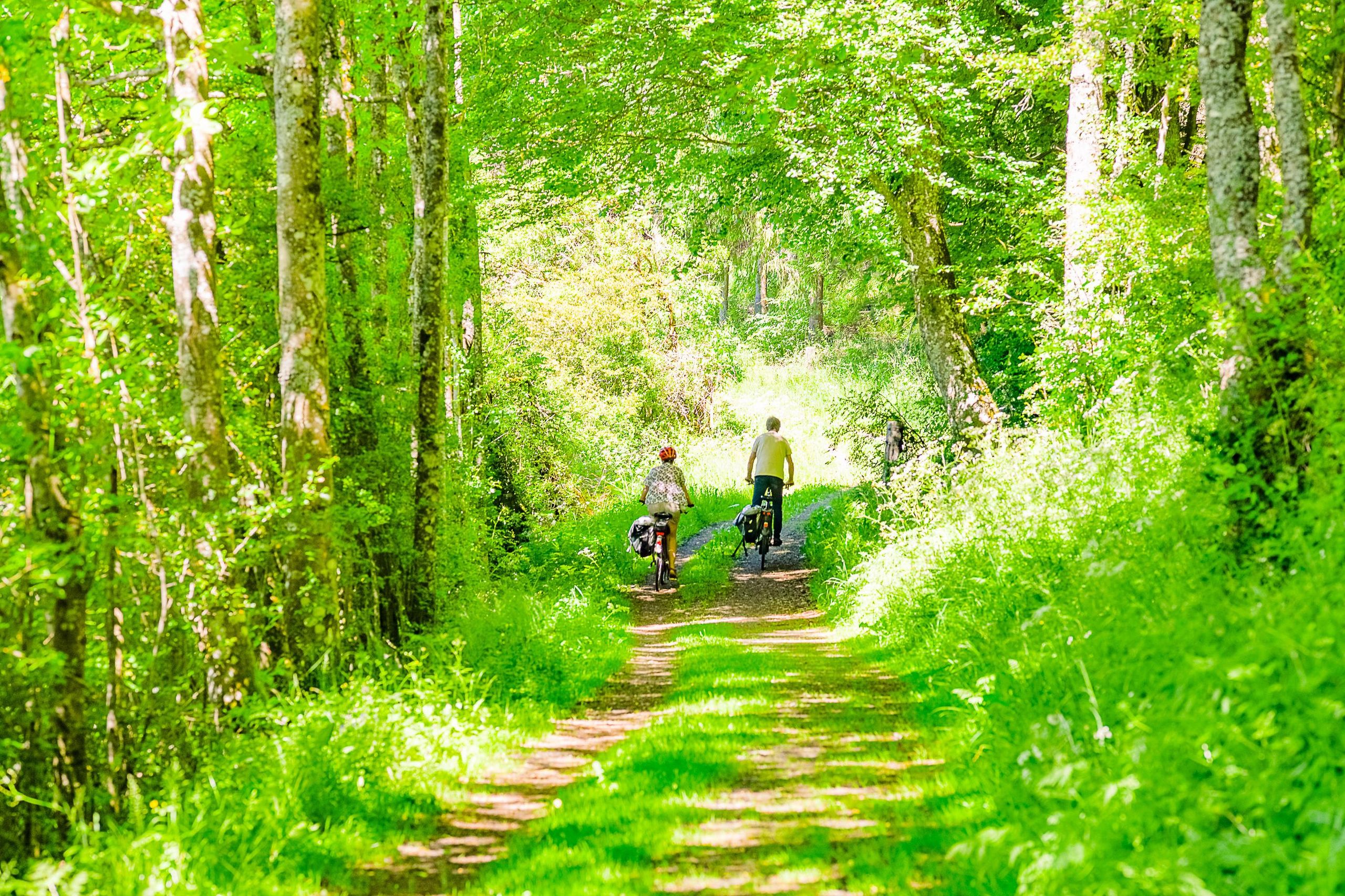
Wacholderschutzgebiet
Kelberg
The "Heidekopf" on the Müllenberg near Kelberg-Zermüllen was designated a natural monument in 1940 and has been under special protection ever since.
Juniper heaths did not develop naturally in the Eifel, but as a result of large-scale forest clearing, especially since the late Middle Ages. The demand for wood for iron smelting was immense. Instead of reforesting the areas, they were used as sheep pastures - the wool was processed in the Eifel cloth industry. Only the juniper was able to survive on the nutrient-poor soil, as it was not eaten by the animals.
Today, juniper heaths are valuable retreats for specialized plant and animal species. Their maintenance is costly: Without grazing or targeted measures, the areas would become overgrown within a short time. The preservation of this special cultural landscape is therefore closely linked to active nature conservation work.
Further information
| Monday | 00:00 - 21:00 |
|---|---|
| Tuesday | 00:00 - 21:00 |
| Wednesday | 00:00 - 21:00 |
| Thursday | 00:00 - 21:00 |
| Friday | 00:00 - 21:00 |
| Saturday | 00:00 - 21:00 |
| Sunday | 00:00 - 21:00 |
Impressions
Contact
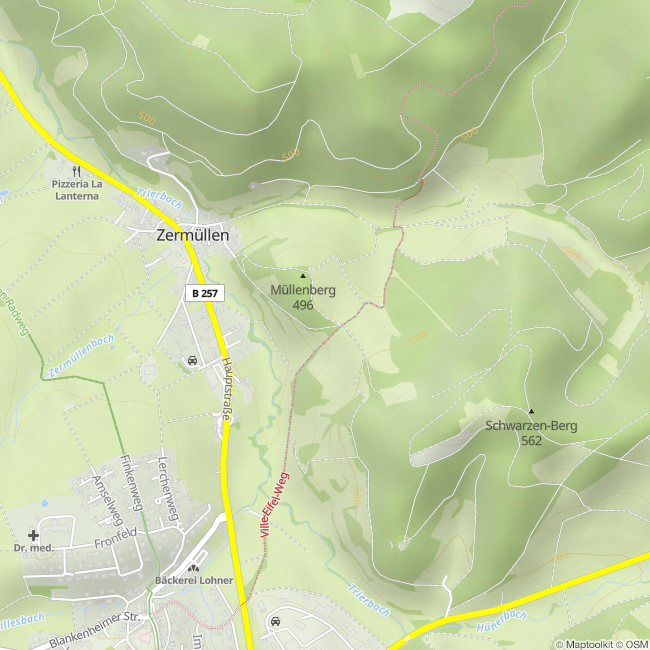
Wacholderheide Heidekopf
Am Mühlenberg
53539 Kelberg-Zermüllen

